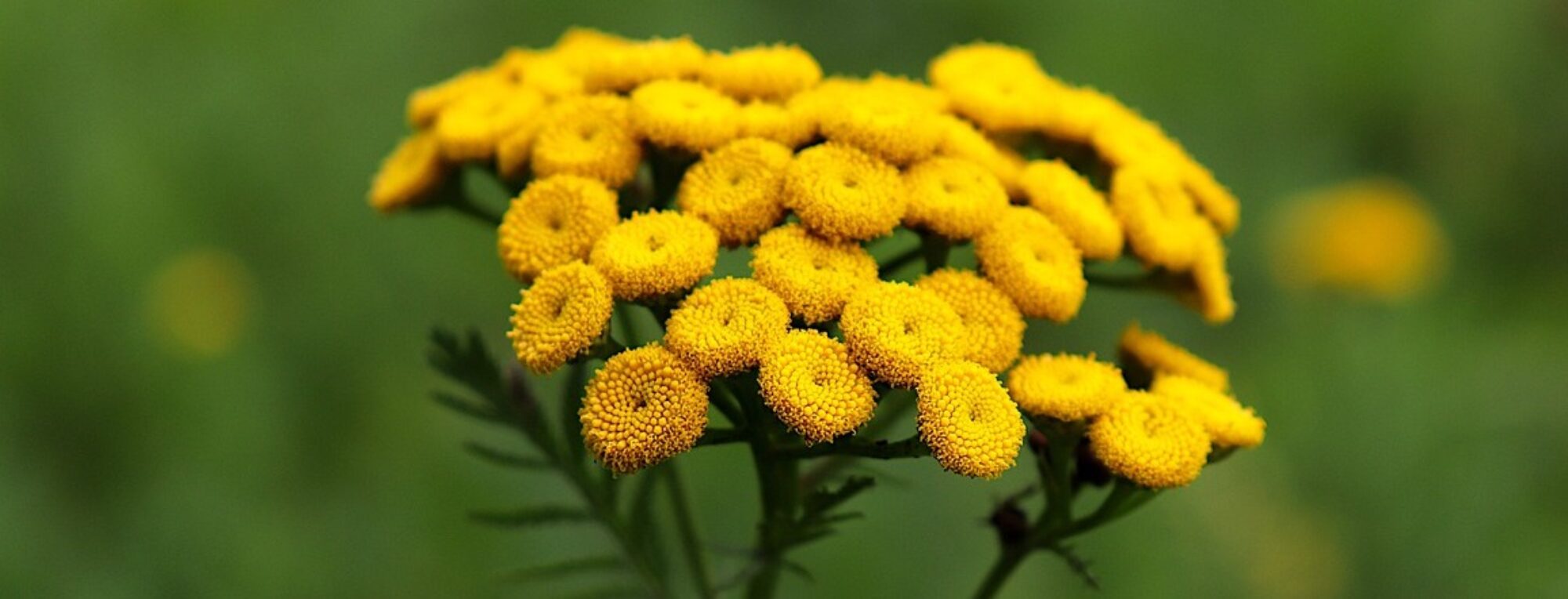
English name: Basil
Family: Lamiaceae
Botanical characteristic: Annual herb 30 – 60 cm tall. The square stem is coloured red. The leaves are light green, opposite, ovate-lanceolate. The white flowers are arranged in pistillate clusters. It flowers from June to September. The fruit is a small, dry, deciduous fruit from a two-seeded pistil which breaks into 4 one-seeded parts.
Microscopic drawing:


Distribution: Originally comes from India. Currently, it does not occur in nature. 150 varieties of basil are grown all over the world. It is very easy to grow in pots and gardens.
Drug: Basilici herba
Harvesting method: The stalk with leaves are harvested just before flowering. The leaves are collected in June and September.
Drying: The basil stalk with leaves is dried naturally in the shade, with good air circulation. Artificially in dryers at a temperature of up to 35 °C.
Active substances: Basil contains up to 1,5 % essential oil composed of methylchavicol, linalool, camphor, pinene and ocimene. The remaining substances are represented by flavonoids and tannins.
Uses: The whole plant promotes digestion and is effective for flatulence. The essential oil is a carrier of antiseptic effect.
Selected herbal preparations: AGROKARPATY BASIL herbal tea 1×30 g, Helvetia Apotheke ImunoActive liquid, for children 250 ml, SINUPO FORTE syrup 150 ml, J.V. IV CAPS – URO for bladder function 50 ml.
